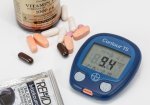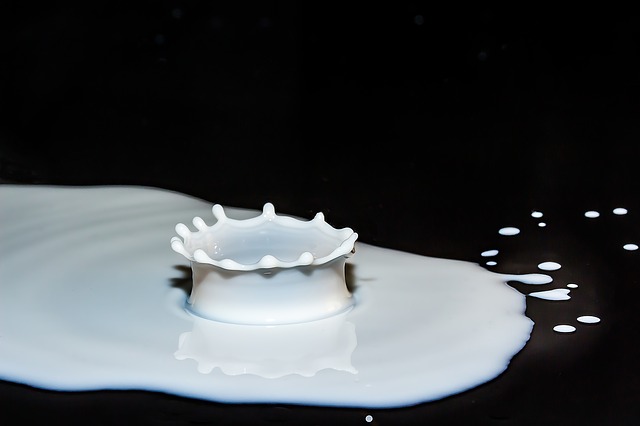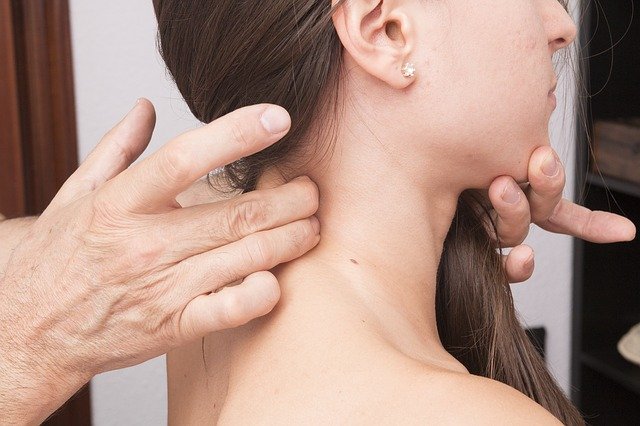Checking Blood Pressure Overview
by Joseph Millband
Covering checking blood pressure at home, after exercise and manually

Checking blood pressure at home has become one of the most recommended ways of effectively managing, controlling and even preventing hypertension. The majority of doctors world wide recommend that patients and normotensive individuals invest in a home blood pressure monitor as a way of keeping hypertension at bay. Home blood pressure monitoring is an effective way to deal with the problem of white coat syndrome that affects a certain segment of patients.
Having the correct blood pressure monitor is only half the story. Best blood pressure monitors are those that have been clinically tested and calibrated by leading hypertension institutions such as the British Hypertension Society (BHS) or the Association for the Advancement of Medical Instrumentation (AAMI). Good blood pressure brands that one can consider buying will include Panasonic, Omron, Relion, Lifesource amongst many others. As important as having the correct blood pressure brand is the ability to correctly and skilfully check blood pressure using these blood pressure machines.
Checking blood pressure at home will become a breeze the more it is repeatedly done correctly following the instructions delivered together with your new blood pressure monitor. The reasons for being skillful at taking blood pressure measurements is to ensure that you get reliable readings. Reliable readings lead to correct hypertension treatment and interventions. Incorrect medical interventions as far as high blood pressure is concerned will possibly lead to resistant hypertension.
To achieve these reliable readings when checking blood pressure take note of the following;
- No eating, drinking alcohol, smoking and bathing 30 minutes prior to taking your blood pressure reading. Generally rest for 15 minutes before taking your readings.
- The association between stress and high blood pressure is well known. Avoid taking your measurements when stressed.
- Be still when taking your readings until entire measurement is complete. Movements will distort blood pressure numbers
- Remove tight fitting clothing especially around your upper arm where you apply the cuff. Tight clothing will result in inflated readings.
- Use the correct cuff size. A tight fitting cuff will have the same effect as tightly fitting clothing mentioned above. A loosely fitting cuff will give deflated readings which are obviously misleading
- Ensure that you sit on a chair with your feet placed level flat on the floor. Rest your arm on an elevated structure such as a table in such a way that the cuff is at the same level as your heart.
- Allow a waiting time of 3 minutes in-between measurements. This pause allows your arteries to return to the condition prior to taking the blood pressure measurement. Different people might need to increase their waiting time based on their individual physiological circumstances.
- A high blood pressure diagnosis is never based on a single reading. Take note of your reading overtime and keep them for your doctor. These are averaged to determine your blood pressure.
Checking Blood Pressure Manually
Manual blood pressure checking is performed by a manual blood pressure monitor. Some individuals prefer these types of blood pressure monitors. Manual blood pressure monitors consist of a rubber bulb for cuff inflation, a gauge to show the readings and stethoscope to listen with. An important tip to always remember is that your manual monitor unit is properly calibrated when the needle in the gauge is resting on zero when delivered or rests at zero when not in use.
When checking blood pressure manually, the cuff is inflated manually by squeezing the rubber bulb. The cuff should not be inflated above 280mmHg. This may cause damage to the instrument or injury to the user such as bruised arm. As the cuff is deflating, use your stethoscope to listen for your pulse rate. The first sound is the systolic reading and the last sound is the diastolic reading.
Should you make a mistake whilst manually checking your blood pressure do not re-inflate the cuff. Release all the air and start again after about a minute or two giving engorged blood vessels an opportunity to return to normal.
Return To Articles on Hypertension from Checking Blood Pressure
Return To Hypertension Home from Checking Blood Pressure
Disclaimer
Information contained on this website is not meant to replace your doctor's advice.
(c) All Rights Reserved. 2010-2018












